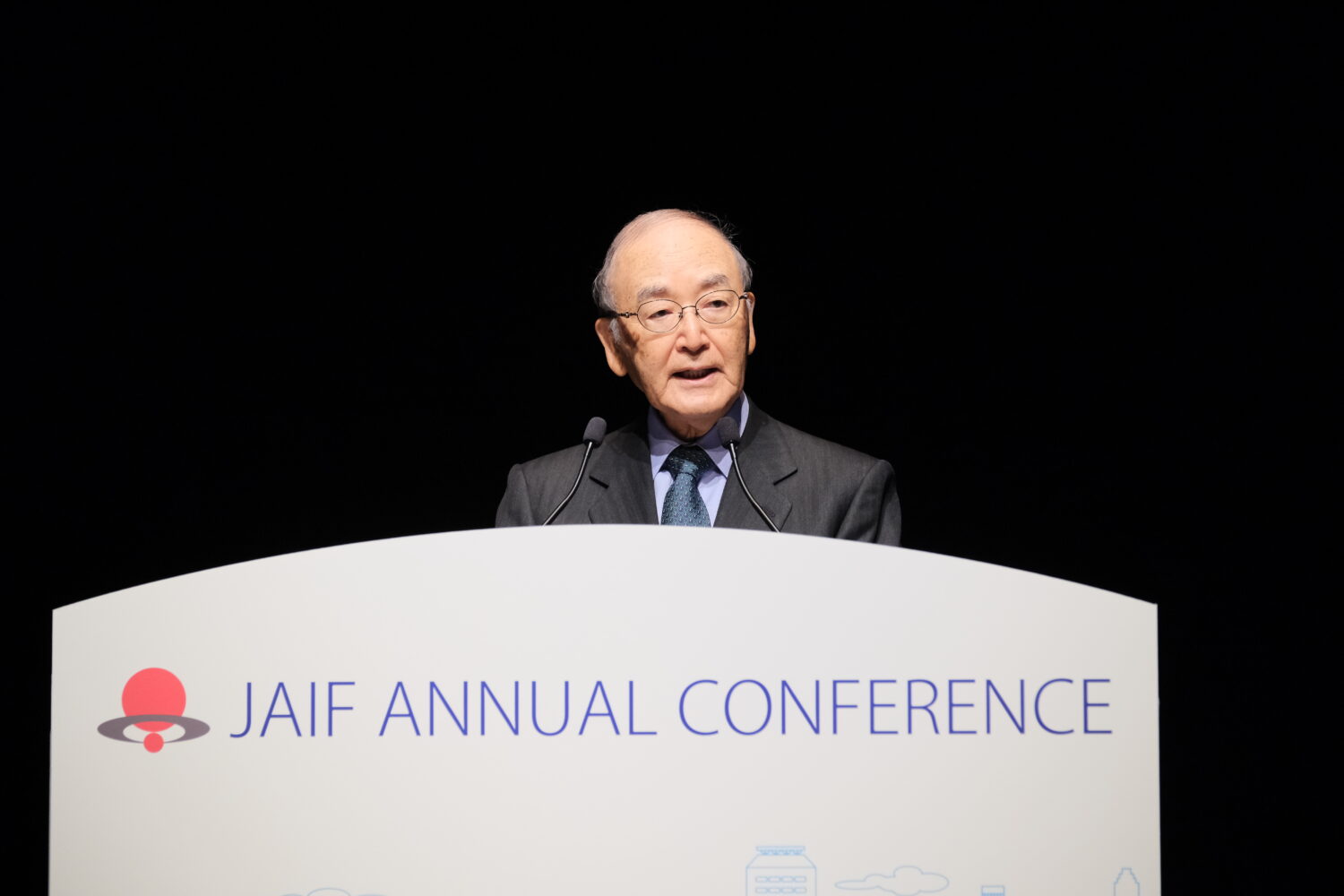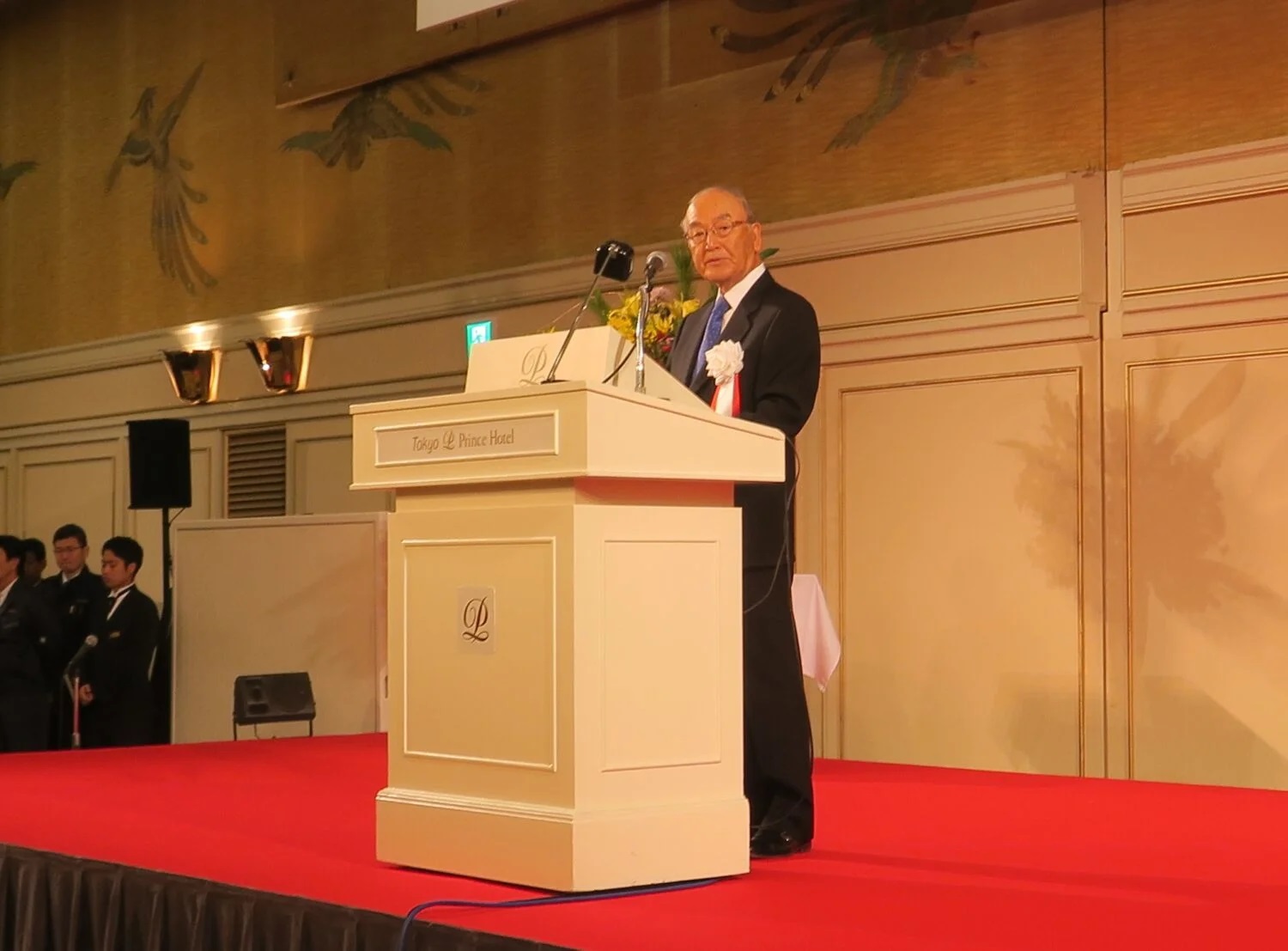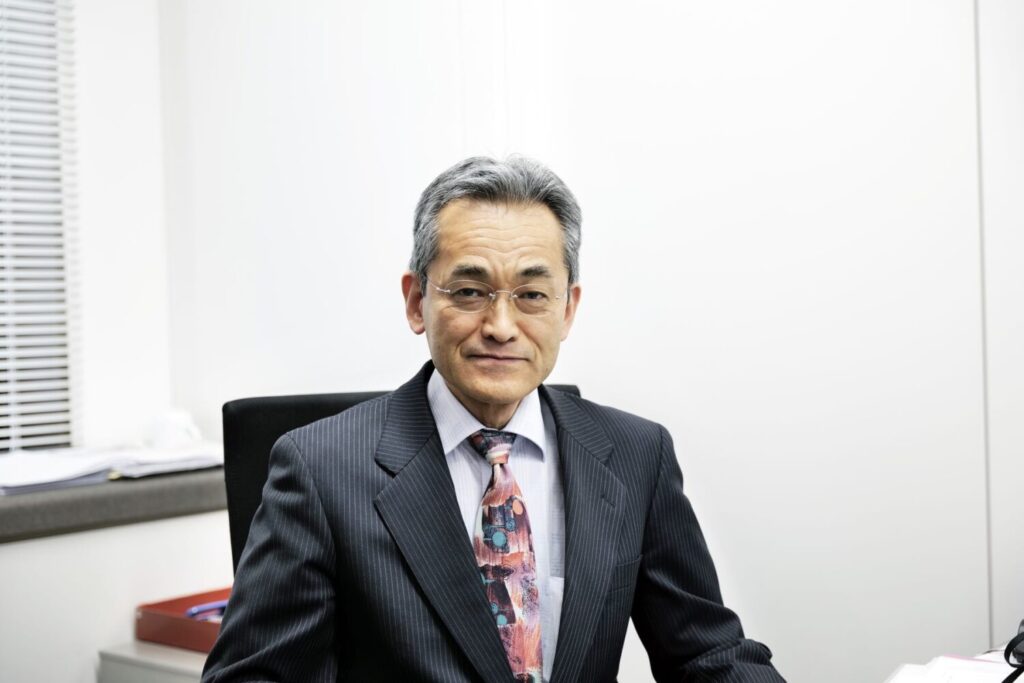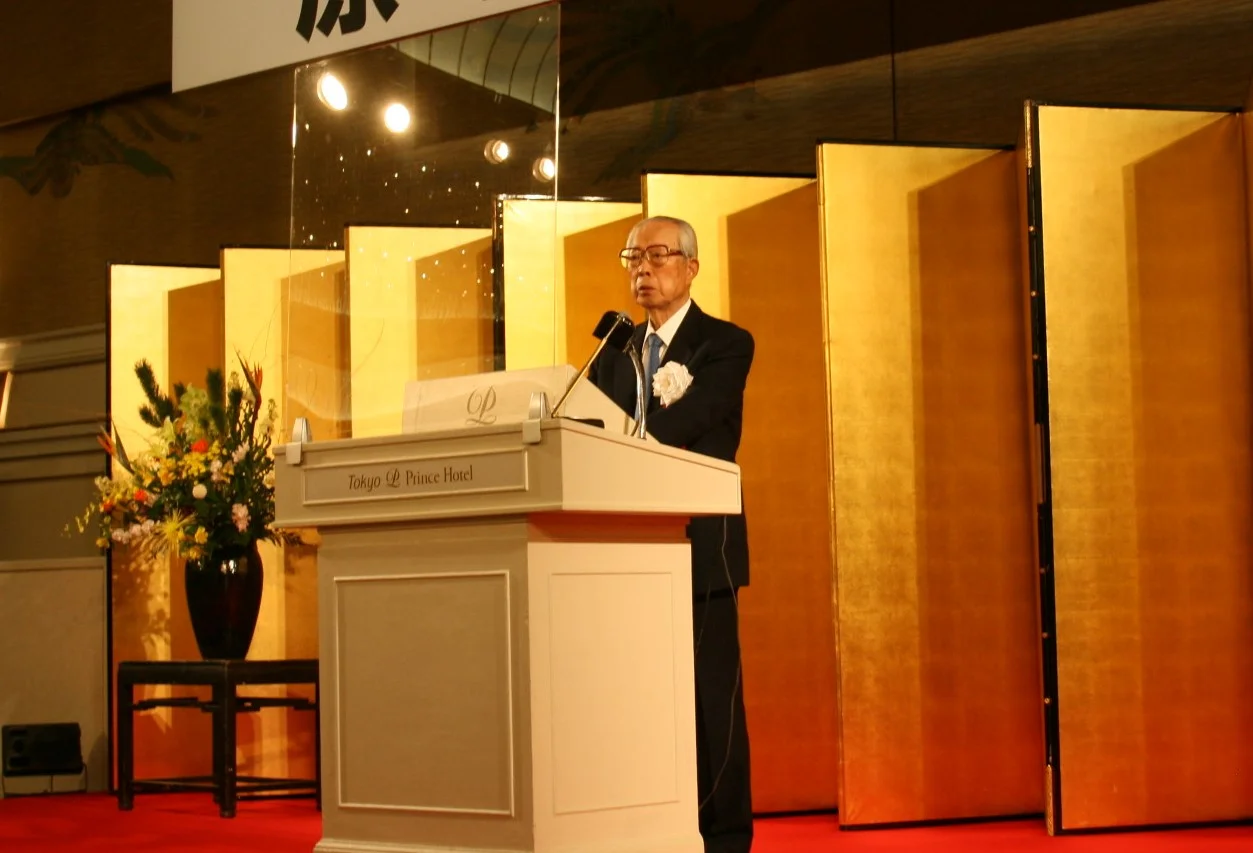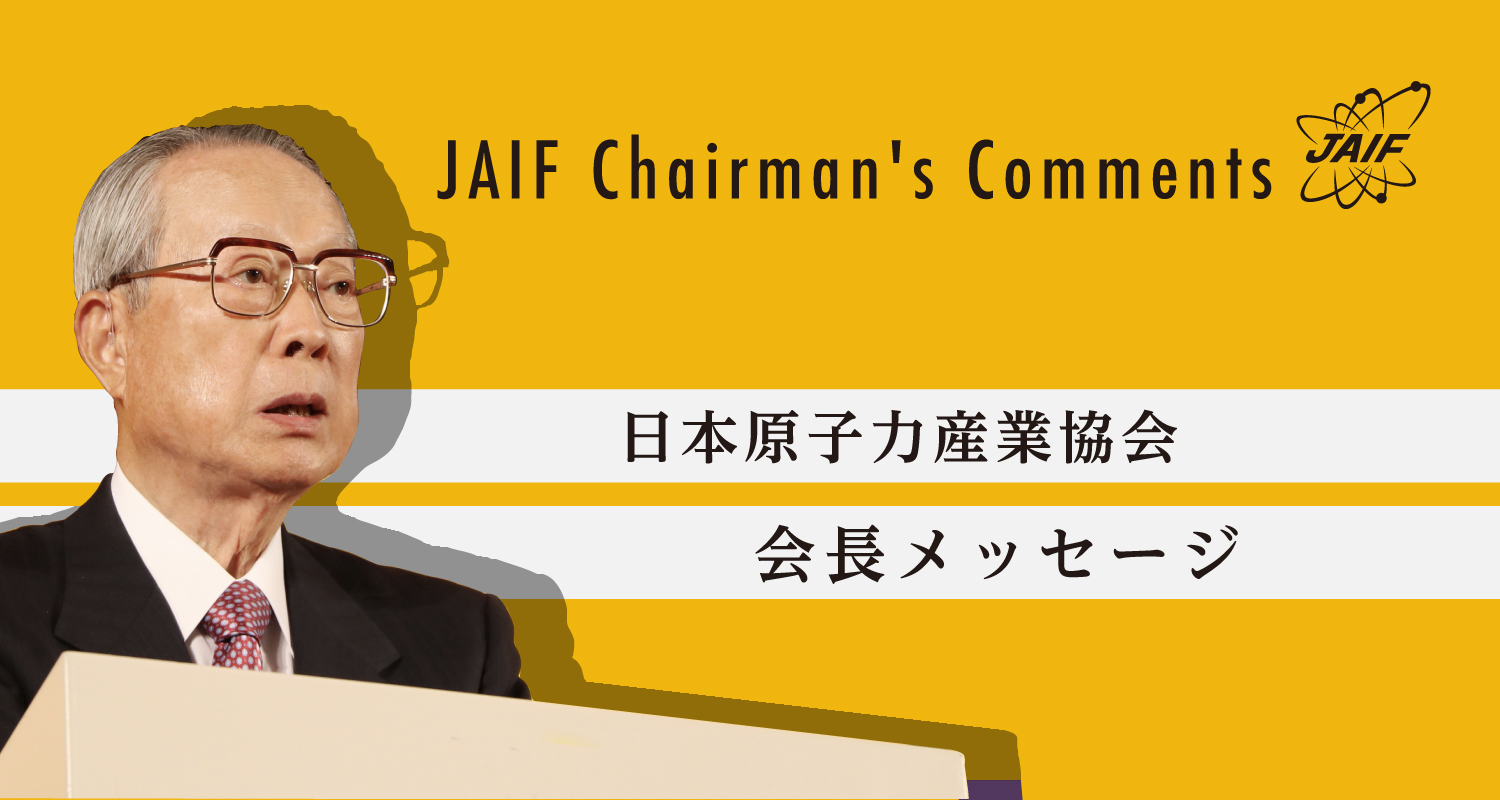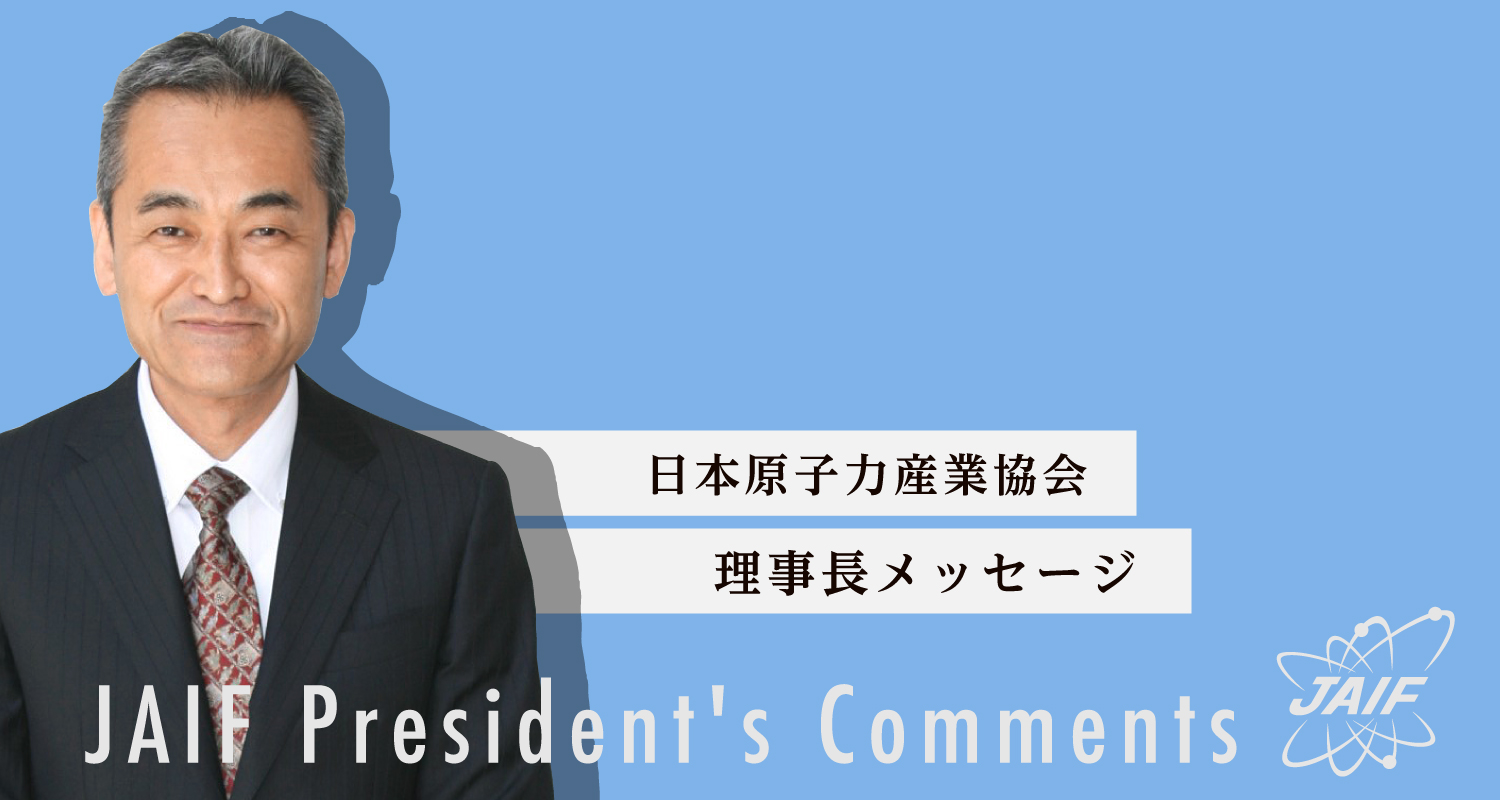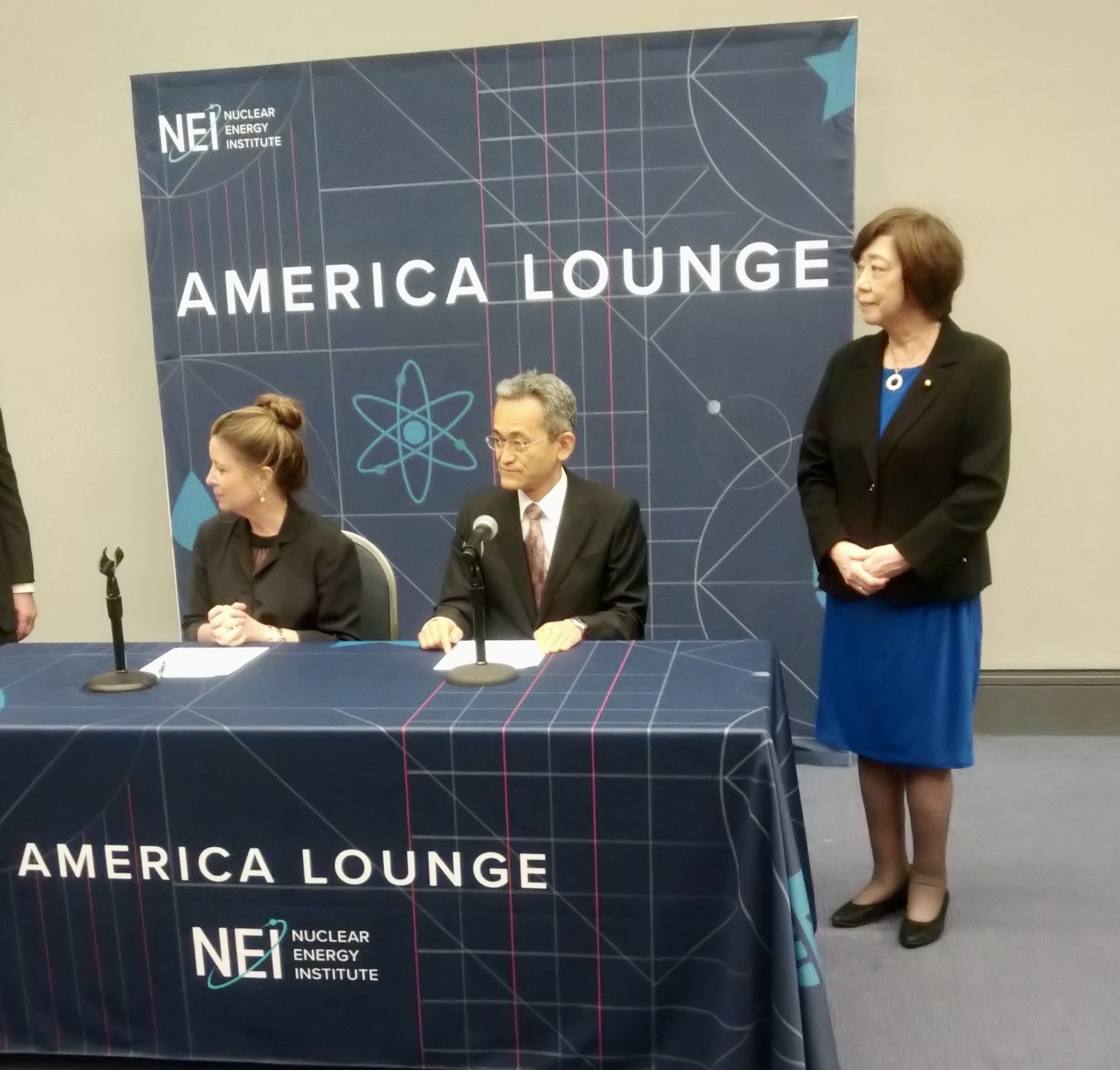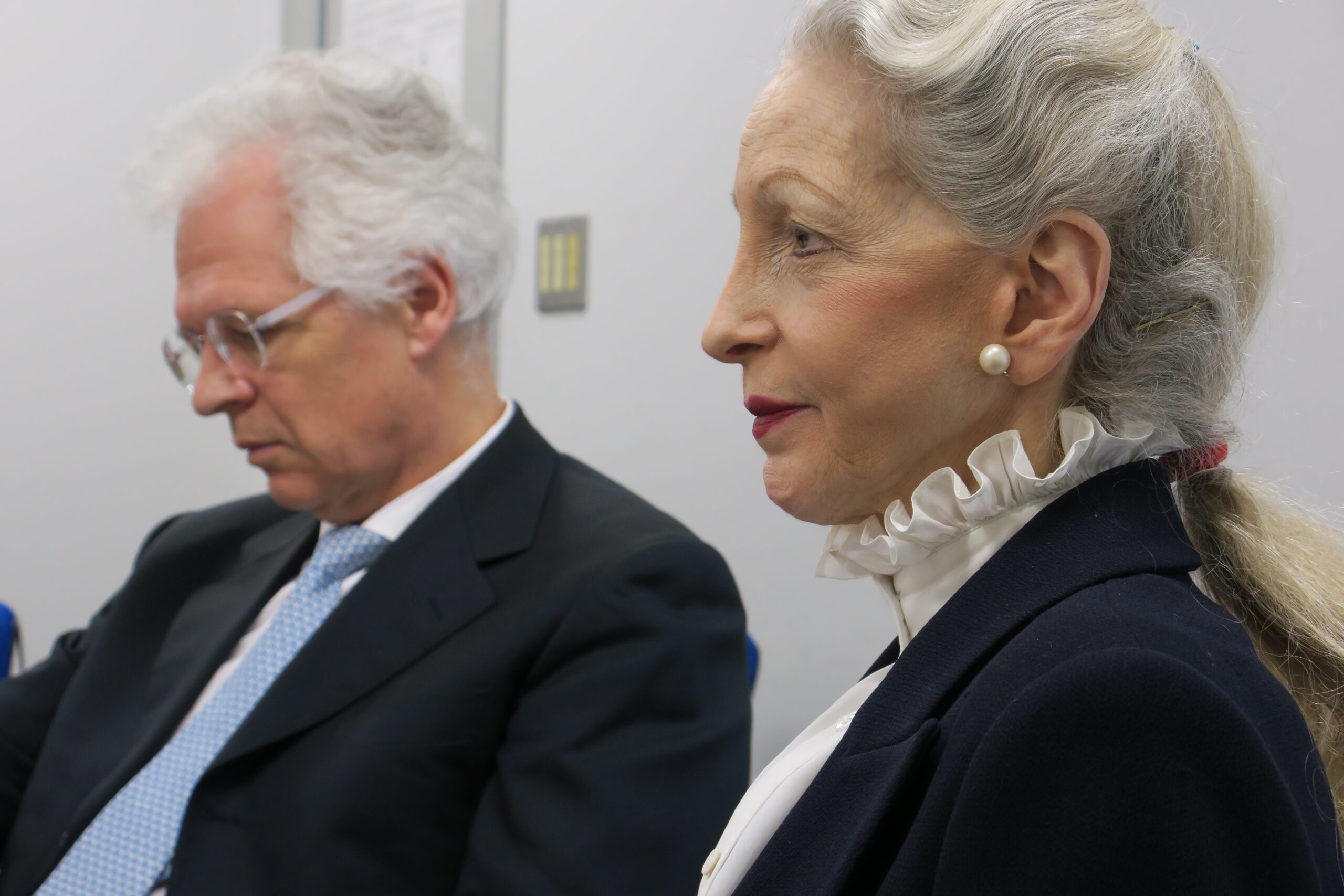I hope that all of you had a good holiday. Since last year, the covid-19 pandemic has caused the cancellation or postponement of countless scheduled events, among which was JAIF’s cancellation of its annual New Year’s Party this season. Globally, vaccinations are now being administered in some countries, and I look forward to an environment where business can be pursued again safely as soon as possible.
Recently, beyond the “normal” mix of natural disasters, we have seen an increasing frequency of torrential rains, longer spells of rain, and more flooding, all as a result of increased humidity due to rising seawater temperatures. Reducing greenhouse-gas emissions (GHGs), deemed a major factor in the current situation, is thus vitally important. Last year, the Suga government of Japan declared the goal of carbon neutrality by 2050. To realize that, it will be essential to make use of nuclear power, which does not emit any GHGs in the generation process, and offers a stable supply of electricity.
In addition, the fact that Japan is poor in natural resources means that it imports most of its primary energy from other countries, with an energy self-sufficiency ratio of only 10 percent. It goes without saying that in order to improve on that, Japan needs to employ nuclear power more proactively.
However, only nine nuclear power plants have been restarted domestically since all were shut down in 2011 after the accident at the Fukushima Daichi Nuclear Power plants. Although around 20 to 22 percent of total generated electricity is targeted to come from nuclear power in Japan’s desired energy mix for 2030, the number of operating nuclear units is woefully short. To achieve carbon neutrality and improve energy self-sufficiency, Japan will have to restart the remaining idle nuclear reactors as soon as possible, and endeavor to replace older plants and build additional new ones. The national Green Growth Strategy toward 2050 refers to international cooperation in the development of small module reactors (SMRs). In the technological development of next-generation advanced reactors, the domestic nuclear industry will have to deepen internal cooperation so that Japan will not be left behind internationally.
In order for nuclear energy to be utilized in a steady and consistent manner, the Japanese government needs to clearly demonstrate the positioning of nuclear power within national policy. Deliberations have already begun toward the issuance of the next Strategic Energy Plan, the sixth. It is necessary to unambiguously show how nuclear power will continue to be used into the future.
The effective use of nuclear energy also requires the early establishment of the nuclear fuel cycle. Last year, a series of facilities, including the Reprocessing Plant in Rokkasho Village, was recognized as compatible with the new regulatory standards. As the establishment of the nuclear fuel cycle will create a domestic energy resource, the project will most certainly be realized. I trust that efforts toward the completion of all facilities will be steadily carried out.
The government and the Nuclear Waste Management Organization of Japan (NUMO) are also moving ahead on the high-level radioactive waste (HLW) disposal business. Last year, in regard to a disposal site, it was decided to implement literature surveys for Suttsu Town and Kamoenai Village, both in Hokkaido. I expect that efforts will proceed by the government and NUMO to move ahead, along with their continued efforts to obtain the understanding of regional communities.
Development of nuclear human resources is another subject requiring a long-term approach. Talented human resources are drawn to attractive industries. I hope that Japan’s nuclear industry will work together with the public sector and academia to highlight its appeal and promise across the board, from technological development to plant construction, operation, and maintenance, as well as to promote Japan’s nuclear innovation.
In March, a decade will have passed since the accident that occurred at the Fukushima Daiichi Nuclear Power Plants. Although recovery and reconstruction activities are moving forward in the prefecture, anxiety remains about radiation, and unfounded fears and rumors still exist about products produced in Fukushima, and those will have to be resolved.
While Japan’s nuclear industry will naturally continue work to further improve nuclear safety, it will take a continuing, perpetual effort to accurately present the value of nuclear energy to society and obtain public understanding and confidence.
The Japan Atomic Industrial Forum, with the cooperation of its members, is fully committed to advancing the development of the entire nuclear industry, and will continue to support industry activities to the best of its ability.
I close my greeting by wishing each of you further growth, good health, and great happiness.
Takashi Imai, Chairman, JAIF


